One of the critical features to consider when selecting a trail camera is its field of view (FOV). The FOV determines how much of the scene the camera captures, and it can significantly impact your monitoring results. In this blog post, we’ll explore the differences between trail cameras with a 60° FOV and those with a 100° FOV, helping you make an informed decision.
Understanding Field of View
The field of view refers to the extent of the observable world seen at any given moment through the camera’s lens. A wider FOV captures more of the scene, while a narrower FOV provides a more zoomed-in view. This attribute is crucial depending on the specific use case of your trail camera.
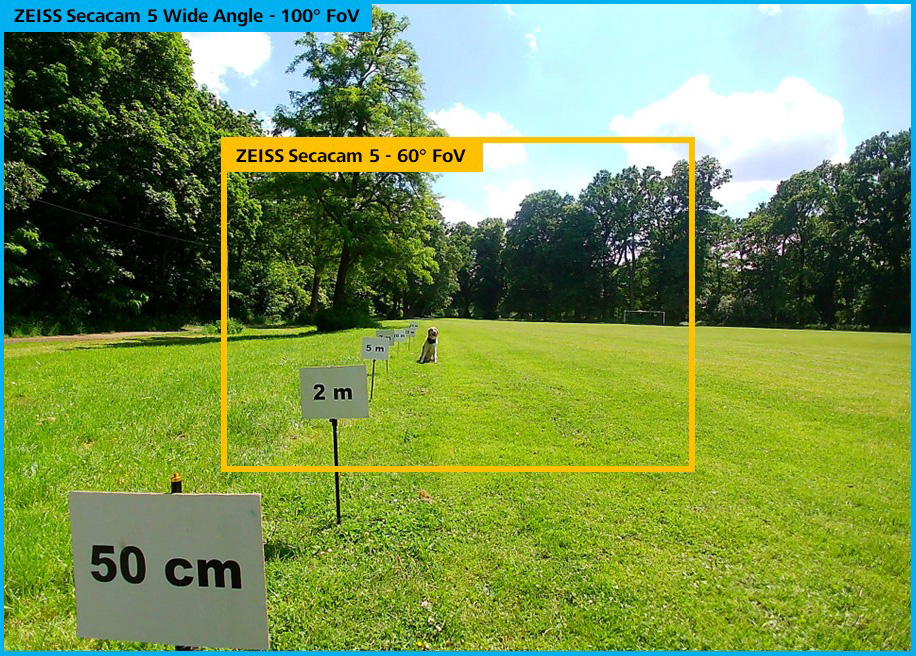
60° Field of View
A trail camera with a 60° FOV offers a narrower perspective. This type of camera is ideal for situations where you need to monitor a specific, focused area. If you want to observe a particular game trail, feeding spot, or entry point, a 60° FOV camera provides detailed, high-resolution images. The narrower angle ensures that the subjects within the frame are closer and more detailed.
100° Field of View
On the other hand, a trail camera with a 100° FOV provides a much wider perspective. If you need to cover a larger area with fewer cameras, a 100° FOV is ideal. It allows you to monitor wide spaces such as open fields, large clearings, or multiple game trails converging in one area.
A wider FOV increases the chance of detecting movement since the camera covers a broader area. This is particularly useful in areas with unpredictable wildlife movement or where animals roam freely over large spaces.
Another advantage of a 100° FOV camera is its shorter close focus distance. This means the camera can focus on subjects that are closer to the lens more effectively.
Despite its benefits, a 100° FOV trail camera has some drawbacks. One significant disadvantage is that detected objects appear smaller and further away. While you see more of the environment, what you see might be less detailed and smaller, which can make identifying distant animals more challenging.
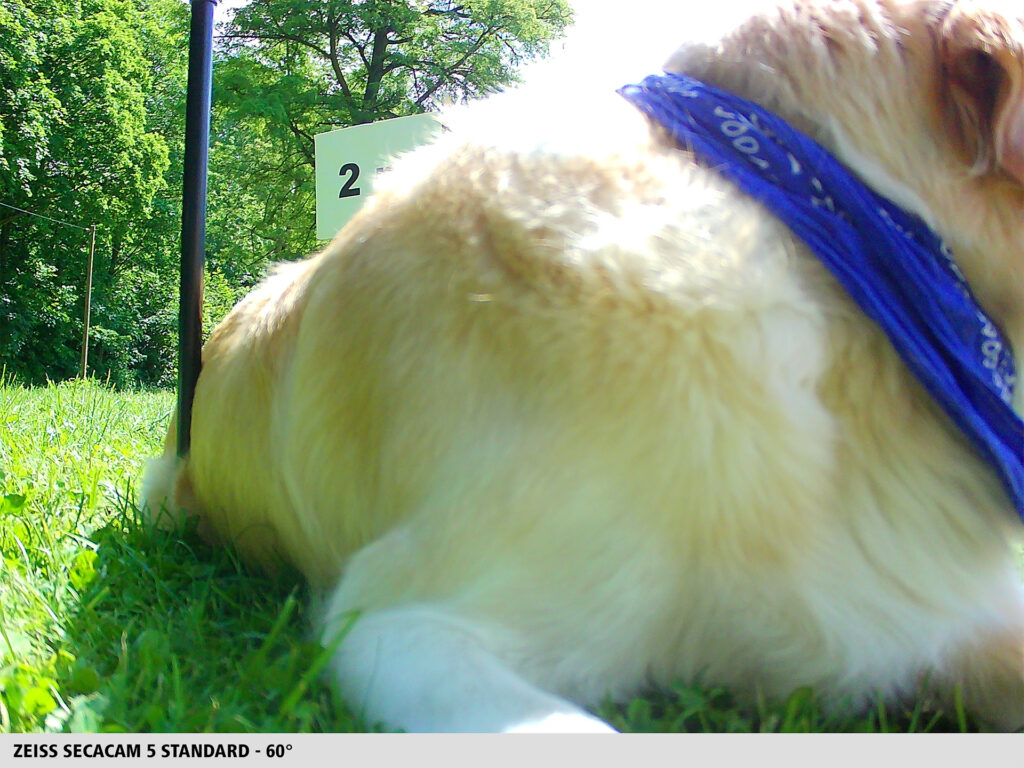
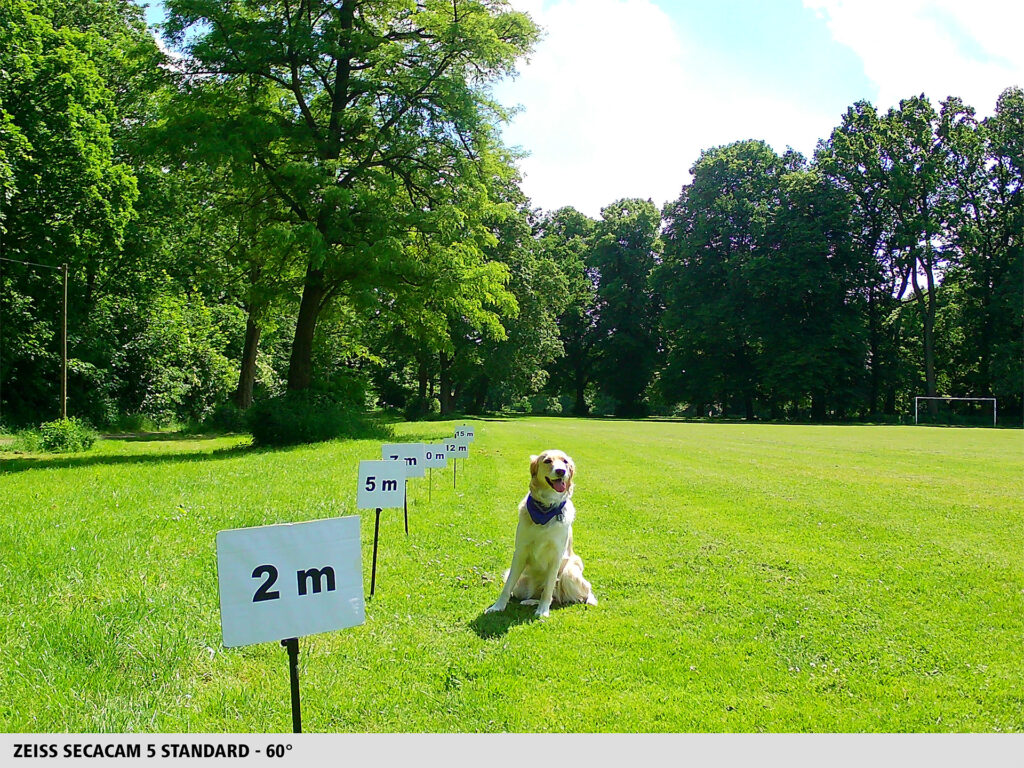
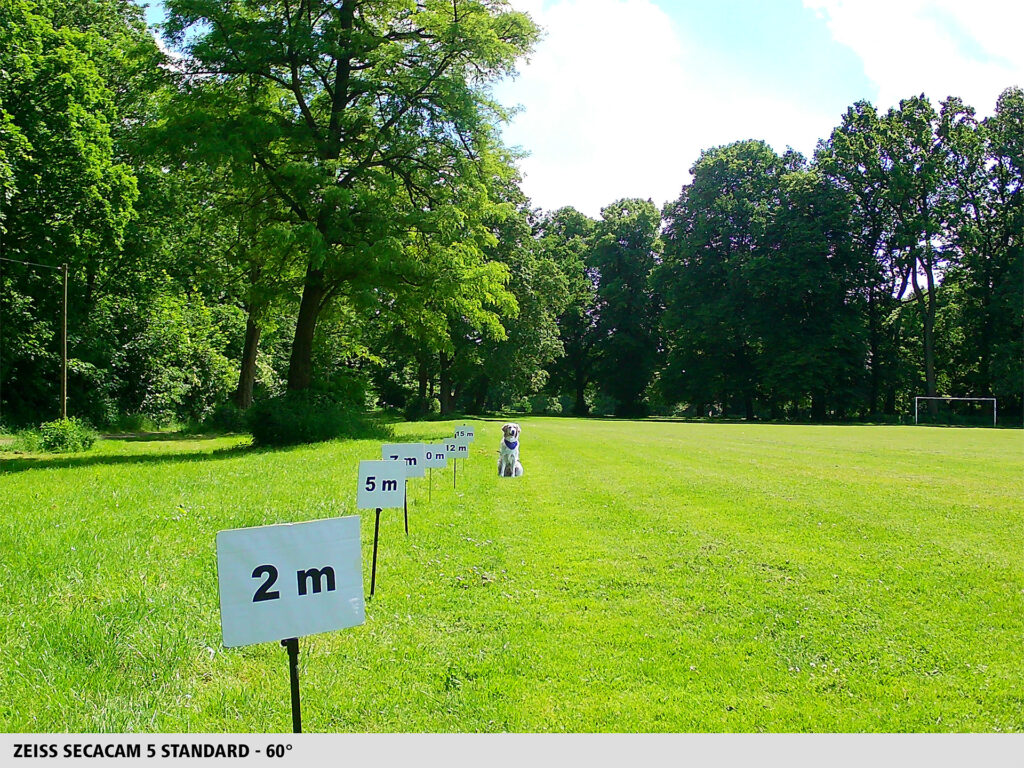
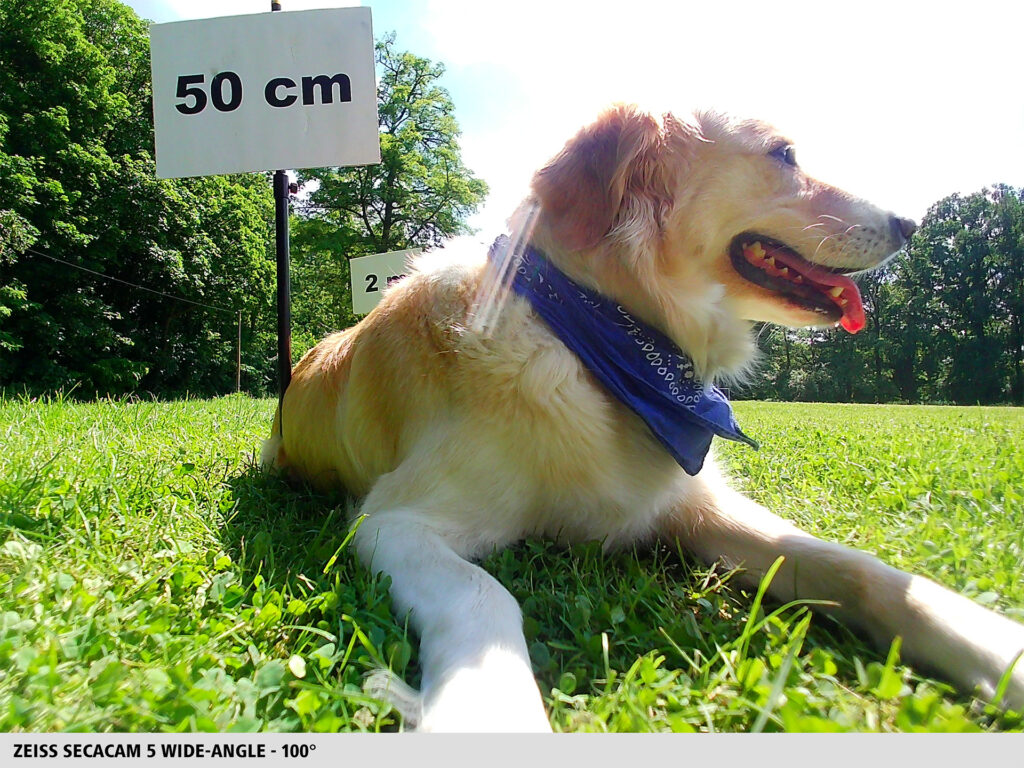
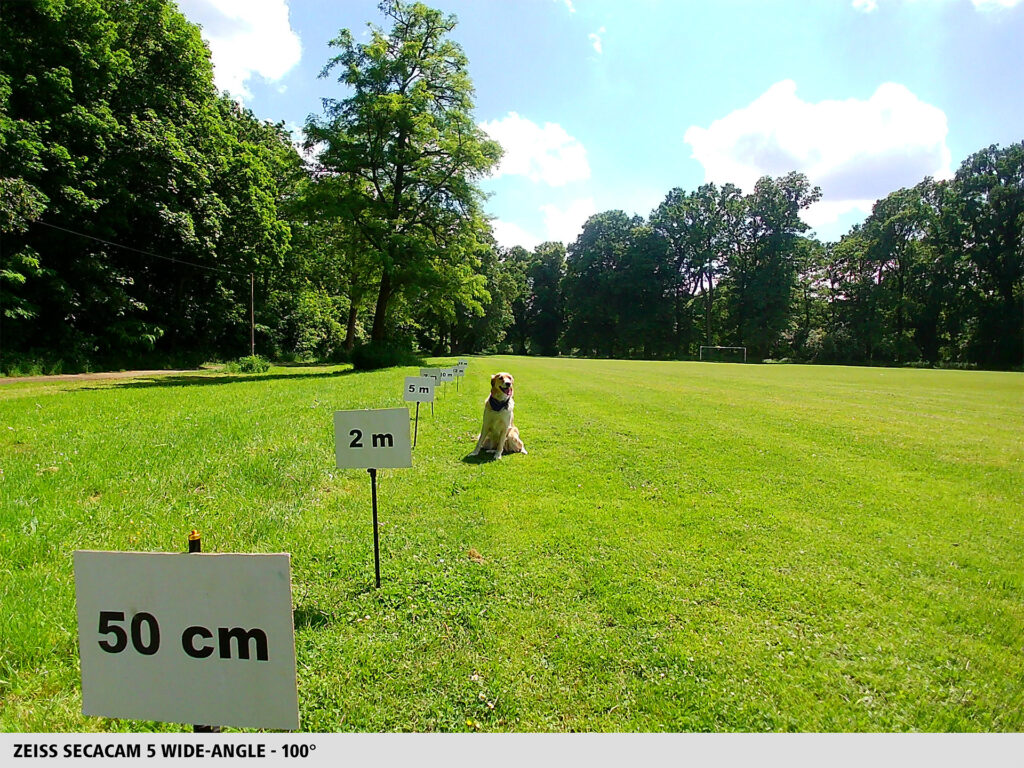
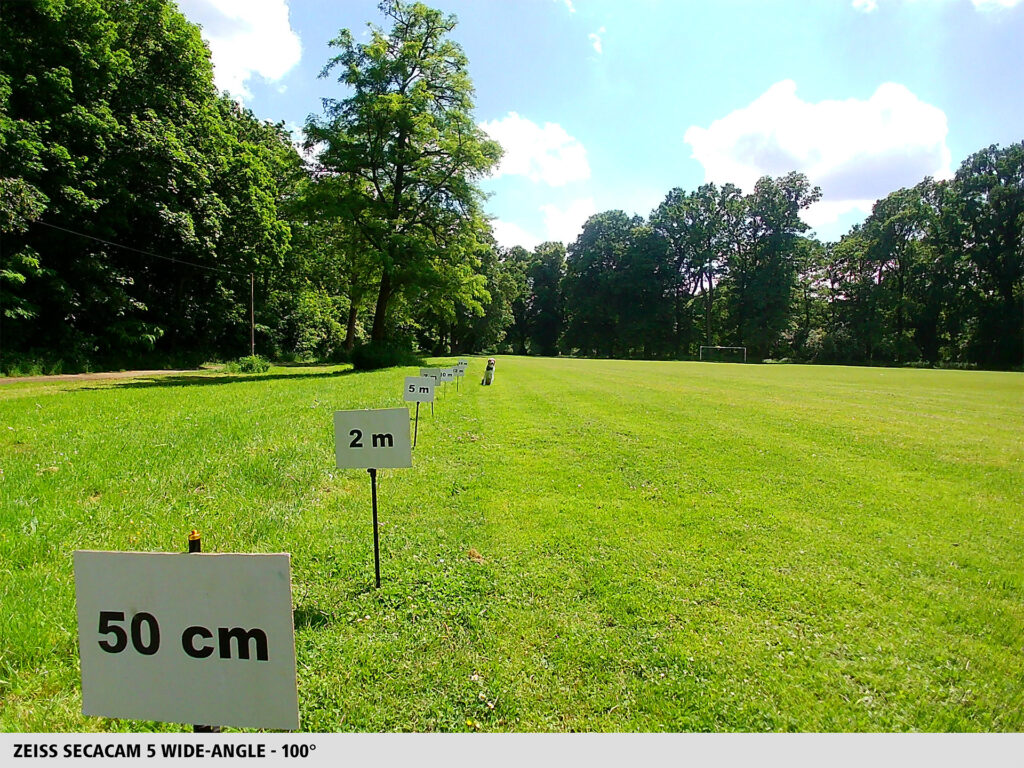
Choosing the Right FOV for Your Needs
When deciding between a 60° and a 100° FOV trail camera, consider the primary purpose of your trail camera. If you need detailed monitoring of specific spots, a 60° FOV is suitable. For broader surveillance e.g. in a shed or garage, opt for a 100° FOV.
Conclusion
Both 60° and 100° FOV trail cameras have their unique advantages and applications. Understanding the differences and aligning them with your monitoring objectives will ensure you choose the right tool for your needs. Whether you need precise, detailed footage or extensive area coverage, selecting the appropriate FOV will enhance your wildlife observation or property monitoring experience. Additionally, the shorter close focus distance of the 100° FOV camera offers an added benefit for capturing detailed images of subjects near the lens, providing even more versatility in various monitoring scenarios.